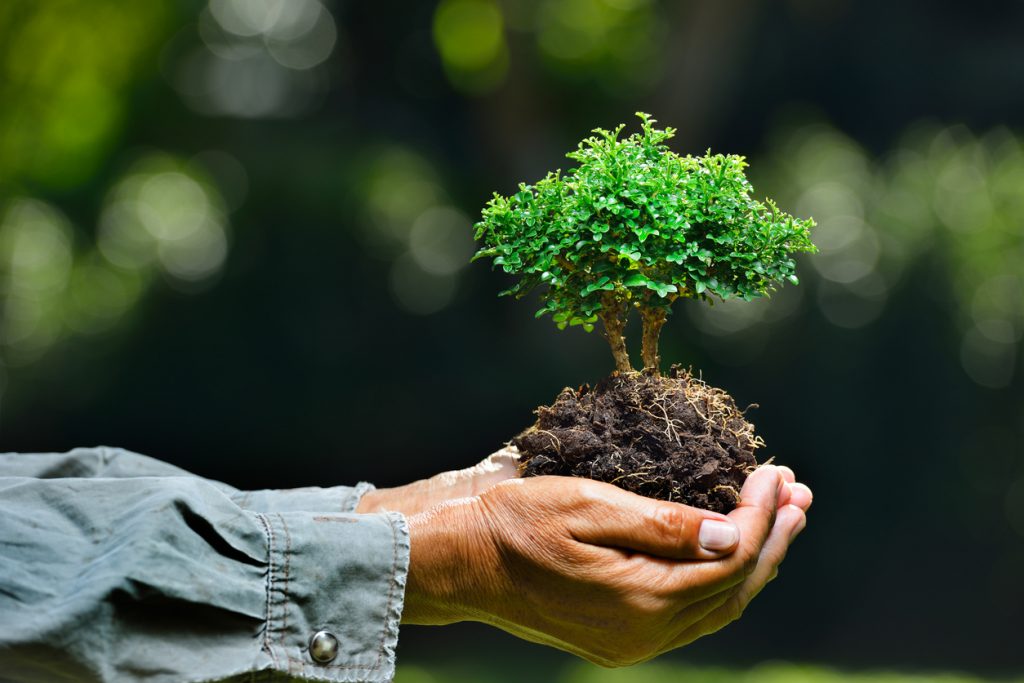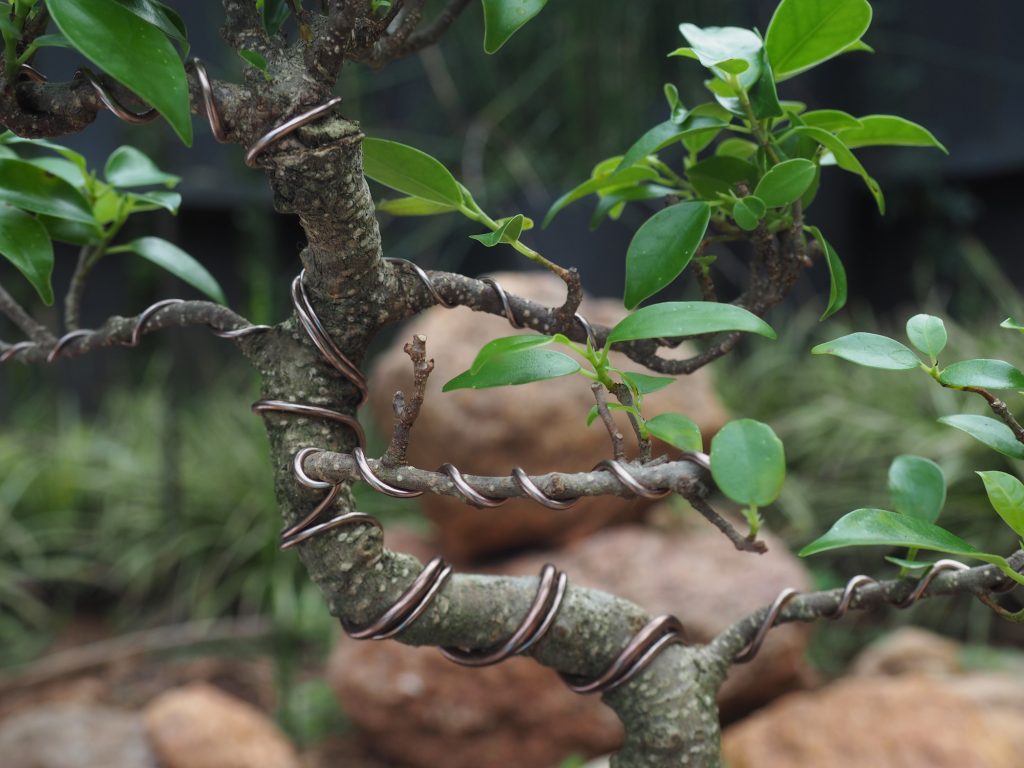Care For Bonsai Tree
A bonsai is a potted tree that has been reduced by trimming its roots, pruning the trunk and branches, and shaping its appearance to resemble an aged specimen. Bonsais are grown in shallow containers as they are not capable of supporting their own weight or growing larger than the container allows. It is possible care for bonsai tree is a difficult task and not many of us know how to care for bonsai. Here you will learn care for bonsai tree care instructions in an easy way
Bonsai trees are easy to care for, but they require a lot of attention.
A bonsai can be a real showpiece or an interesting hobby, but it will not survive without proper care.
Care for bonsai tree tip #1 – pruning
Occasionally prune your Bonsai tree to make it look fuller and more compact. You should do this at least once every year beginning in early spring after the tree has had time to build up its strength during the winter months. Use delicate pruning shears to remove any dead, damaged, or weak branches.
Care for bonsai tree tip #2 – fertilize
Fertilize your Bonsai tree regularly with organic fertilizer in accordance with the package directions. It is essential that you feed your Bonsai often enough throughout the year that its nutrients are used up by the plant during its normal growth
Care for bonsai tree tip #3- watering
They need to be watered and fertilized regularly.
The pot should have a drain hole, otherwise it will become waterlogged and the tree will suffer from lack of oxygen as well as from root rot. Always allow the soil to dry out between waterings.
Water your Bonsai in early morning when there is no danger of the leaves staying wet all day. Letting your Bonsai sit in water is very harmful.
Trees that are grown indoors need to be repotted every 2 or 3 years. When the roots start to grow out of the drain holes, then it is time for a new pot.
Repotting
Repotting will help your bonsai grow better and live longer if done properly and regularly. This is the time to prune and shape your bonsai.
Set your tree outside during warm months, but bring it in at night for safety.
Bonsais also enjoy being taken outdoors during the summer, so long as they are protected from high temperatures, bright sunlight and strong winds.
Location
When placing your tree indoors you should put it where it will receive the most sunlight, but make sure it’s out of drafts and away from air conditioning vents.
In winter your Bonsai needs less water because temperatures are cooler which means that plant growth is slower.
However, it pays to remember that as daylight hours decrease so does the ability of a plant to produce food by photosynthesis.
Your tree will need more food during this time, so be sure to give it a good watering every two weeks or so.
Have fun with your Bonsai tree and enjoy the wonderful feeling of satisfaction when you have watched it grow from a tiny cutting into a healthy mature plant.
Use these care tips for bonsai trees and they will last for many years.
Care for bonsai tree tip #4 – pests

Pests can affect the health of your bonsai tree so it is important that you keep an eye out for any signs of infestation or disease. It is really difficult to identify pests in a bonsai since the damage can be subtle.
For example, overall growth of your tree may be slowed or stunted due to the effects of pest infestation.
If left untreated, severe infestations can cause serious problems that may even result in death of your tree. Read on to learn how you can identify pests in your bonsai and treat them.
Changes in your bonsai appearance
Changes in the colour, shape and condition of leaves are typical signs of a pest infestation.
In addition to changes in the plant’s overall appearance, you may also notice sudden wilting, yellowing of leaves or leaf loss.
Damaged leaves can also be covered with small brown spots or thin webbing. As with other plants, a bonsai will yield information about pests that are feeding on the plant by exhibiting signs of wilting or discoloration.
Insect pests
Pests can be internal or external and live either above ground or below the surface of plant tissue. Insects are one common type of pest that feed on your bonsai.
Insects can cause chewing damage to the surface of leaves and branches, but they may also lay eggs that hatch into larvae eating your tree from the inside out.
Diseases are another type of infestation that afflicts bonsai trees as well as other plants.
These pests are actually fungi or bacteria which infect parts of the plant such as leaves, stems or roots. The infected tissue will eventually die and be replaced with new growth.
Infestation
Treating pests on bonsai trees is not difficult if you start early and are persistent in your efforts. Here are some of the treatments available for common types of infestation:
For insect infestations, use insecticides that are specifically formulated for use on plants. Apply this spray before the pests become established and cause serious damage to your tree.
- colour,
- shape and condition of leaves,
- sudden wilting,
- yellowing of leaves or leaf loss
are all signs that some sort of infestation is present on your plant.
Insects are one common type of pest that feed on your bonsai tree.
Insects can cause chewing damage to the surface of leaves and branches, but they may also lay eggs that hatch into larvae eating your tree from the inside out. Diseases are another type of infestation that afflicts Bonsai trees as well as other plants.
These pests are actually fungi or bacteria which infect parts of the plant such as leaves, stems or roots. The infected tissue will eventually die and be replaced with new growth.
Pests can affect the health of your bonsai tree so it is important that you keep an eye out for trouble.
Care for bonsai tree tip #5 – soil

Watering your soil
The soil should be moist, but not wet .
It should not be allowed to completely dry out between waterings either.
It is important to use a pot with drainage holes because the roots will rot if they stay too wet .
Make sure that the soil is well-drained and keep it from getting too wet .
When watering your plant, water thoroughly then allow the pot to drain completely .
Add a layer of mulch around the base of your tree to help retain moisture in the soil .
Reduce watering during winter months when plants are dormant
When buying a bonsai tree make sure that the trunk has been stabilized by wiring or other methods so it does not grow too long and break off at the base .
When watering your plant, water thoroughly then allow the pot to drain completely .
- Add a layer of mulch around the base of your tree to help retain moisture in the soil .
- Reduce watering during winter months when plants are dormant.
Care for bonsai tree tip #6 – wiring

When purchasing Bonsai trees make sure that they have wires or other methods in place so that the trunk does not grow too long and break off at the base
When your tree is young, pinch back the growing tips to stimulate branching .
Wiring and pinching will help train your bonsai tree into its shape as it grows .
When planting your tree, dig a hole twice as wide as the root ball.
Fill in around the roots with soil mixed with peat moss or organic material to help retain moisture. By adding amendments you will improve overall soil quality.
A layer of mulch placed over the top of the soil will help maintain moisture and preserve soil structure.
Today’s bonsai growers are fortunate to have many varieties of plants from which to choose.
There are dwarf trees like
- azaleas,
- junipers or
- ficus as well as large trees like
- maples,
- oaks or
- cedars.
Seek out the advice of experienced growers for advice on the care and pruning of your new tree.
Be sure that bonsai trees are not put in direct sunlight or the leaves will burn. Find a place for your bonsai where it is protected from wind but gets full light .
Care for bonsai tree tip #7 – trimming
When to trim your bonsai
A good rule of thumb is once every 2-3 years you should trim back some branches in order to create shape and form in your bonsai tree’s design.
This should be done when the tree is during late-winter or early spring, and never remove more than 1/3 of the branches. Take care that you do not expose the trunk as this may cause your tree to die back.
While pruning keep in mind that young trees have soft bark and need to be handled gently so they do not get injured. Do your pruning in the winter so that you can better see what you are doing
Where do you cut your bonsai?
To decide where to cut, look for taper in the trunk and branches. Create a new taper by thinning out some of the thickest branches with cuts lower on the plant, creating an inverted V shape at the cut.
The cuts should be made cleanly so that there is no chance of disease entering the plant through a wound
After pruning, what’s next?
Once your bonsai trees have been pruned, repotting may be necessary to promote growth. Repot in the spring or summer only when the tree is showing signs of new growth.
You may also have to do some weeding in the bonsai’s soil where you find competing plants growing.
When your bonsai tree has grown considerably, it will be time to start wiring to help shape the branches into a natural form.
The wire holds the branches in place while they heal over and become part of the plant. Also, you will need to tie down the trunk so that it becomes straight and grows in a natural direction.
Conclusion
If you’ve been struggling with caring for your bonsai tree, don’t worry!
We have some tips that should help make this process easier. First off, it is important to get the right soil and water for your bonsai tree.
Next, how often you need to water will depend on where in the house they are located as well as their size.
Finally, pruning is also an essential part of healthy bonsai care because it helps keep them from getting too large or outgrowing their space.
Our blog newsletter will include more tips like these so be sure to subscribe if you want to learn more about taking care of your Bonsais. Have any questions? Let us know below!
If you want to become a Bonsai Tree Care Master check out the definitive source here. Click here
